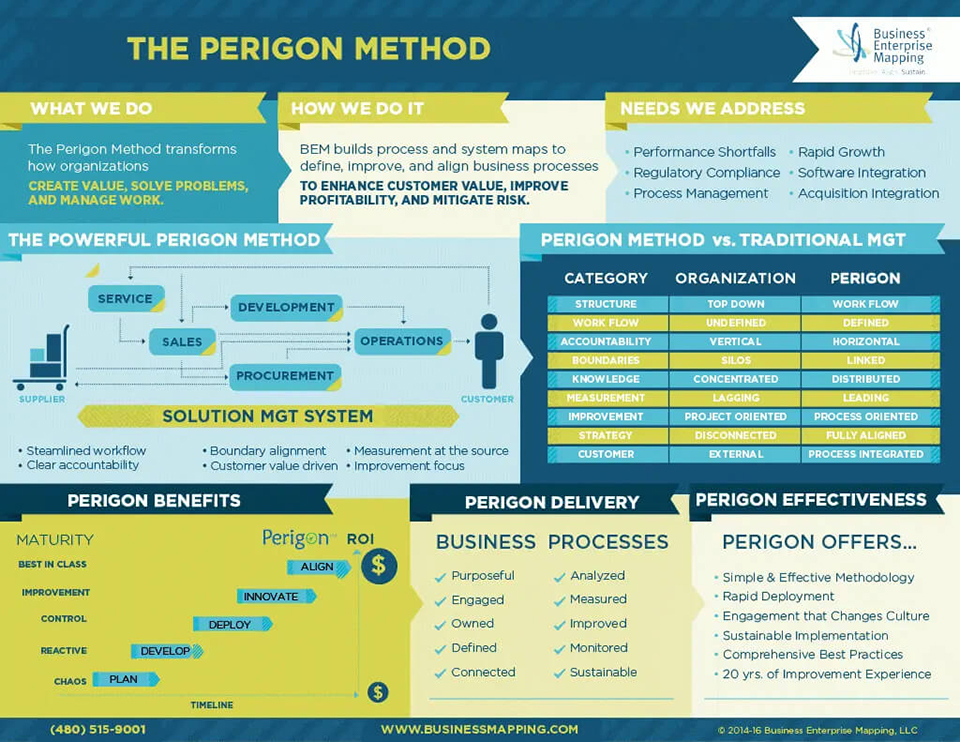In today’s dynamic and results-driven business environment, measuring process performance is not optional—it’s essential. A well-performing process forms the backbone of organizational success, ensuring that products, services, and internal operations meet expectations and support strategic goals. But how exactly should you measure the effectiveness and efficiency of a process?
The answer lies in a structured and comprehensive framework: SIPOC—Supplier, Input, Purpose, Output, Customer. This model helps define and analyze processes from end to end, and it also sets the stage for performance measurement across three vital perspectives: Customer Measures, Process Operating Measures, and Supplier Measures.
Let’s dive into 12 powerful metrics that help you understand, evaluate, and improve your process performance.
Understanding the SIPOC Model
Before jumping into the measures, it's helpful to recall what SIPOC represents:
- Supplier: Provides the inputs to a process.
- Input: The resources, data, and materials required by the process.
- Purpose: The production of a deliverable that solves a customer’s problem.
- Output: The product or service that results from the process.
- Customer: The receiver of the output.
Each part of SIPOC influences and depends on the others, so performance measurement must take a full-circle view across the process ecosystem.
Customer Measures
These metrics evaluate how well a process meets customer expectations. They are external-facing and directly impact satisfaction, loyalty, and reputation.
1. Process Solution Quality
This measure assesses how effectively the process solves the customer’s problem. It focuses on outcome quality—does the output meet or exceed customer expectations? If customers receive an incorrect, incomplete, or unsatisfactory solution, this metric reveals the performance gap.
Key Question: Does the output provide a complete and reliable solution to the customer's issue?
2. Process Delivery
This metric gauges timeliness and accuracy in delivery. It's not just about speed but delivering the right solution at the right time. Delays, early deliveries, or inconsistent timing can disrupt customer operations and erode trust.
Key Question: Are we consistently delivering what the customer wants, when they want it?
3. Process Service
Beyond product delivery, this metric focuses on the relationship and support provided to customers. It reflects responsiveness, accessibility, empathy, and ongoing service that creates added value.
Key Question: How well do we support our customers beyond the basic transaction?
Process Operating Measures
These internal metrics monitor how well the process functions operationally. They target performance in execution, efficiency, and regulatory compliance.
4. Process Efficiency
Efficiency is about minimizing all forms of waste—time, materials, effort, and motion—without compromising quality. Lean and Six Sigma practitioners often focus heavily here. Efficient processes do more with less.
Key Question: Are we minimizing waste and maximizing the use of resources in this process?
5. Process Alignment
This measure evaluates how well process activities align with customer demand. When inputs and production volumes are misaligned with actual needs, the result is overproduction, bottlenecks, or idle capacity.
Key Question: Are our inputs and process activities in sync with what customers actually need?
6. Process Productivity
Productivity looks at the output generated per unit of input—be it labor, machinery, or capital. High productivity means that the process extracts the most value from its assets and resources.
Key Question: Are we getting the most value out of the people, tools, and systems we use?
7. Process Compliance
Many industries require compliance with standards such as ISO, FDA, or environmental regulations. This metric tracks the extent to which a process adheres to legal, regulatory, and policy requirements.
Key Question: Are we consistently meeting all relevant compliance and audit standards?
8. Process Responsibility
Responsible operation extends beyond compliance. This includes operating in a way that is ethical, safe, and socially responsible. It encompasses labor practices, workplace safety, environmental impact, and corporate values.
Key Question: Are we running this process in a way that aligns with our ethical and safety standards?
9. Process Value
This composite measure weighs the total value the process creates versus its cost. If the process consistently generates high customer value for a low operational cost, it is a prime candidate for scale and replication.
Key Question: Does this process deliver more value than it costs to operate?
Supplier Measures
Processes don’t exist in isolation—they rely heavily on upstream suppliers. These measures assess the effectiveness of supplier contributions to the process.
10. Supplier Solution Quality
This metric evaluates whether suppliers provide inputs that meet the process’s quality requirements. Poor supplier quality leads to defects, delays, and increased rework within the process.
Key Question: Are the inputs we receive from suppliers consistently fit for purpose?
11. Supplier Delivery
Just like internal delivery, supplier delivery measures timeliness and reliability. Frequent late deliveries or inconsistency in supply can severely disrupt downstream processes.
Key Question: Are our suppliers delivering inputs in the right quantity, quality, and time?
12. Supplier Service
Suppliers are not just vendors—they are partners. This measure evaluates their responsiveness, collaboration, flexibility, and overall relationship value. Strong supplier service can make or break process continuity.
Key Question: Do our suppliers provide the level of service and support we require?
Putting It All Together
These 12 measures offer a well-rounded view of process performance from all angles: what we deliver to customers, how we operate internally, and how well our suppliers support us.
To use these effectively:
- Choose 3–5 core measures per process based on strategic relevance.
- Set clear targets for each measure.
- Monitor performance over time and act on what the data reveals.
- Use results to drive improvement projects, supplier negotiations, and employee engagement.

Conclusion
Measuring process performance is not about perfection—it's about continuous improvement. The SIPOC-based framework helps organizations take a balanced, systems-level view, ensuring that every process creates value, operates efficiently, meets compliance, and serves stakeholders.
When you know how to measure performance, you gain the clarity and control to improve it. With these 12 process metrics in your toolkit, your organization can transform operations from functional to exceptional—one process at a time.

